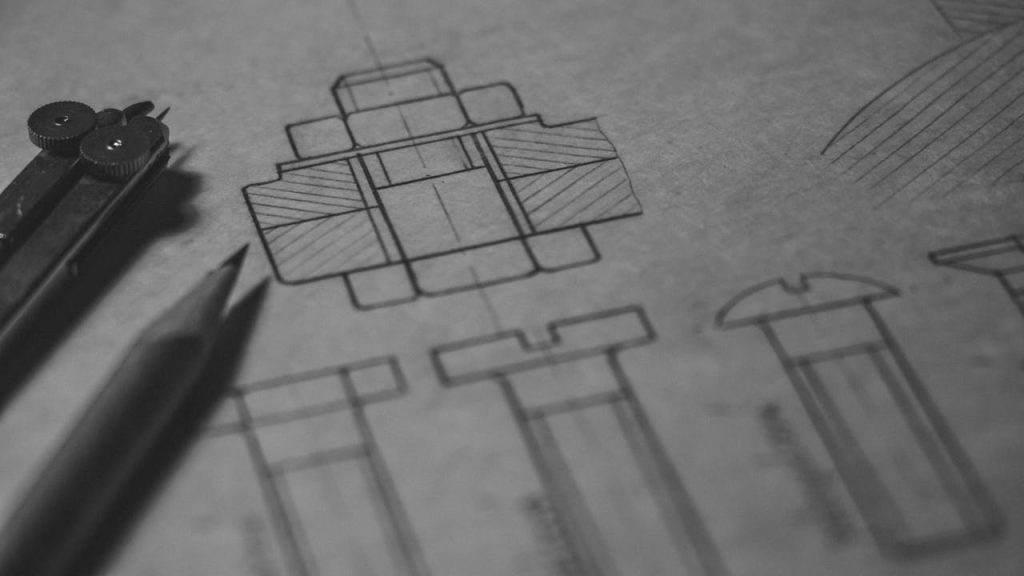With the advance of technology in this day and age, we can already see a lot of businesses automating their production line, either with the use of traditional industrial robots, or collaborative robots (cobots). This is not only to help them keep up with increasing consumer demand but also to remain competitive in the years to come. That being said, while these two robots can be used to do similar tasks, they are not exactly one and the same. In fact, some businesses may find it difficult to determine what solution they need, and which one is best suited for them. Investing in robotics also typically requires a huge expense upfront, so it is vital that companies do their research before committing to purchasing a specific robot.
For those struggling to decide which one they should use, here is an article detailing the difference between cobots and traditional robots. Hopefully, we are able to break down what makes each robot unique and can help to better make your final decision.
What is a cobot?
First things first. What exactly is a cobot, you may ask? A cobot, short for collaborative robot, is similar to an industrial robot, but they are typically smaller and lighter. This is because they are geared specifically to work together with human employees in the same workstations or environment. This means that they need to be more compact so they will not take up so much space. They also have to be outfitted with sensors and safety programs so they can perceive their surroundings and will not accidentally harm their human co-workers. This means that cobots can work with people without any safety fencing, unlike an industrial robot, which requires a safety cage to protect nearby human employees. With its built-in force control and sensors, the cobots will automatically slow down or stop if someone nearby approaches, reducing the risk of accidents or injuries.
Cobots are suitable for a wide range of industries and can perform a lot of different tasks. In contrast with their industrial counterparts, they are simpler and a lot more flexible. These cobots are small and compact enough to be attached to a mobile workbench, table, or even wall. This makes them incredibly convenient when you need to deploy them at different places in the production process. As a result of being so flexible, human overseers can reprogram these cobots to do new tasks, thanks to being so user-friendly.
That being said, its small size and adaptability can also bring a few disadvantages to it. Firstly, in terms of payload, speed, and reach, cobots have to sacrifice a lot more when compared to larger industrial robots. Heavy tasks and large objects are therefore too big for cobots to move around. That being said, for smaller production lines and in facilities where there is little space, cobots are an ideal solution, especially for small to medium-sized companies. Cobots are also great for education and robotics training, as there is less risk of injury and an easier learning curve, which is great for workers who are not engineers or experienced in computer science.
What is an industrial robot?
When people refer to robots in the manufacturing industry, these are the types of robots that they are generally referring to. These robots are extremely large machines that are programmed to work very quickly and accurately with heavy or dangerous objects. They typically remain fixed in one place in the workshop, and basically do the same work day in and day out, at a fixed level of quality. The cost to purchase an industrial robot tends to be pretty high, so the return on investment (ROI) is often several years. These features mean that industrial robots are suitable for production processes that do not vary for a long period. In other words, they are great at making large batches of the same thing with little customization or variability.
Their size and range, on the other hand, do pose some problems. On one hand, because they are so accurate and powerful, these robots are great at handling heavy items. However, this means they are not as accurate when it comes to things such as force control and finesse. For tasks where a high degree of sensitivity is required, industrial robots are simply not the right option. While they are a good solution when it comes to tasks that require speed, weight and reach, they also require extensive safety measures. This can include having a safety cage around them, to lower the risk of accidents or workplace injuries. So, designing the right area for these robots takes up a lot of time and can also drive up their costs in the long run.

